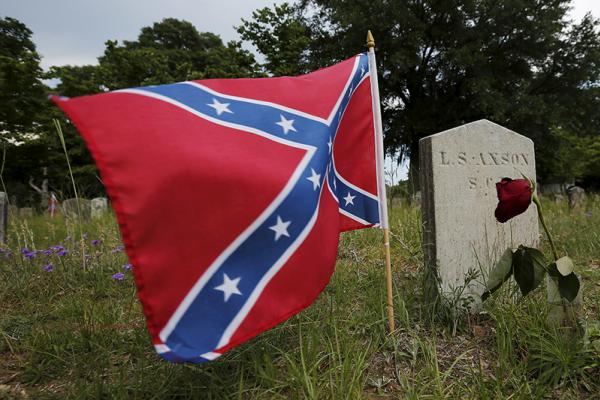Jun 23, 2015
The Confederate battle flag will not fly much longer on the grounds of the South Carolina state Capitol, where it has flown since it was dislodged from the Capitol itself 15 years ago.
The state’s political establishment wants it gone, and doubtless it soon will be. What is to be hoped is that its removal signals the end of the mythical republic for which it stands.
In the years after the Civil War, the battle flag became the emblem of the Religion of the Lost Cause, which white Southerners embraced not only to legitimate and ennoble their disastrous struggle to maintain their right to own other people, but also to create the myth of an antebellum golden age of genteel manners, Christian piety, and happy slaves.
Read the Full Article

Already a subscriber? Login
